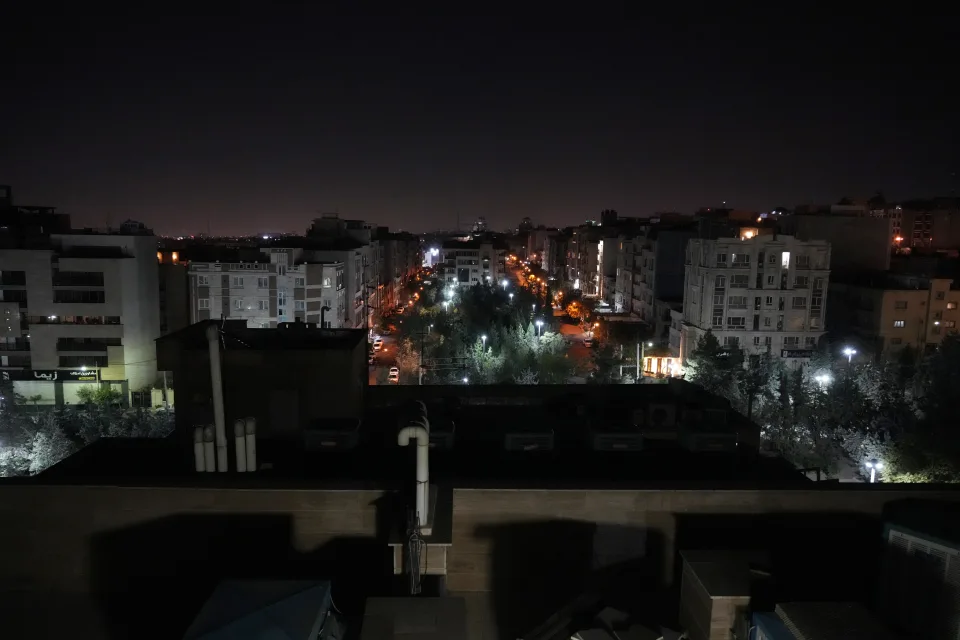Israel launched an extensive series of airstrikes on Iranian targets early Saturday in retaliation for a recent missile attack from Iran, marking the first openly acknowledged assault of this scale between the two countries. The strikes, which Israel claims targeted missile production and surface-to-air defense sites, escalated tensions in the Middle East amid ongoing regional conflicts involving Iranian-backed groups.
Details of the Airstrikes
Explosions echoed across Tehran and other regions, with Israeli military officials saying the strikes aimed at facilities involved in missile production. The bombardment began in the early hours, ending just before dawn. Israel has not yet assessed the damage, but Iran described the impact as “limited,” despite widespread explosions and visible anti-air defense activities.
This development risks pushing both countries closer to direct conflict as Israel continues to engage in wars on multiple fronts. Iranian-backed groups, including Hamas in Gaza and Hezbollah in Lebanon, have been actively fighting Israel since the start of hostilities on October 7, which has led to widespread displacement and casualties in the region.
Iran’s Reaction and U.S. Caution
Iran’s response has been measured, with state media downplaying the extent of the damage. In an apparent attempt to avoid further escalation, Iranian television showed footage of a quiet vegetable market in Tehran shortly after acknowledging the strikes.
Meanwhile, the U.S. has cautioned against further escalation, with White House officials warning Tehran of “consequences” if it retaliates. A senior U.S. official, speaking on the condition of anonymity, stated that Israel’s operation was “targeted and precise,” and added that Washington expects this action to close out direct exchanges between Israel and Iran.
Context of Escalating Conflict
Israel’s strikes come after Iran launched an October 1 missile barrage on Israel, reportedly in response to attacks on its allies in Hezbollah and Hamas, which left casualties and injuries. The October strikes triggered escalated military responses across the region, with Israel intensifying operations against Hezbollah in Lebanon, even launching a ground invasion that displaced over a million people and raised the death toll.
Saturday’s strikes also follow a string of violent exchanges in recent months, as Iran and Israel continue their yearslong shadow war. These attacks, involving assassinations, cyber sabotage, and covert airstrikes, have targeted nuclear scientists and installations, often attributed to Israel. With recent attacks now moving into more public military actions, the region’s already volatile situation appears increasingly fragile.
Broader Implications for the Middle East
The confrontation adds complexity to the ongoing Israel-Gaza conflict that erupted after an October 7 militant attack, which killed over 1,200 Israeli civilians. Israel responded with an offensive in Gaza, resulting in more than 42,000 Palestinian casualties, with health officials reporting the majority as civilians, including women and children.
Israel and Iran, archenemies since the 1979 Islamic Revolution, continue to confront each other indirectly through their regional proxies. With the U.S. seeking to de-escalate the situation, it remains to be seen whether both sides will heed Washington’s call or if further escalation will fuel broader conflict in the already volatile Middle East.





